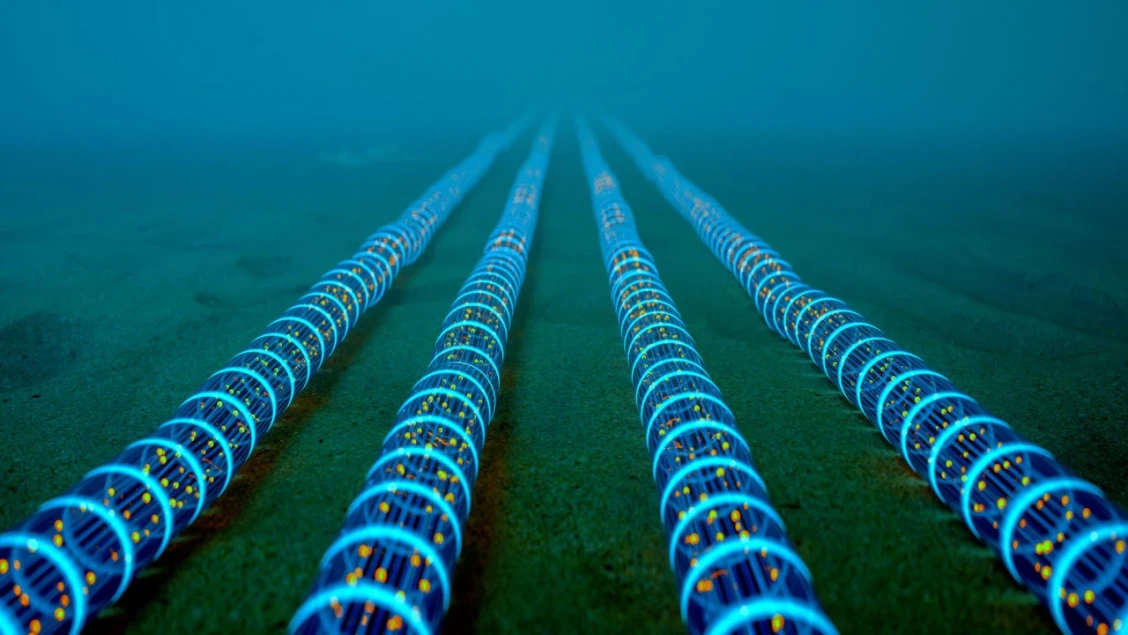
UAE Internet Outage Sparks Global Connectivity Concerns
In a world where digital connectivity is a lifeline for both individuals and businesses, the recent internet outage in the UAE has sent shockwaves through the global community. The disruption, primarily caused by damages to undersea cables, highlights significant vulnerabilities in internet infrastructure that many might not have considered so closely. From businesses facing downtime to individuals unable to connect with loved ones, the outage paints a stark picture of a world overly reliant on uninterrupted digital access.
The Undersea Cable Connection
Most of the world's internet traffic flows through a network of undersea cables laid across the ocean floor. These cables, often stretching across countries and continents, are the digital highways that support the data surging through the web. The latest incident, as reported, stemmed from damages to these critical infrastructures, which link multiple regions, including the Middle East and Asia. When functioning correctly, they enable seamless communication, commerce, and information exchange. However, as the UAE has witnessed, any damage to these cables can disrupt this equilibrium, leading to extensive regional and sometimes global outages.
The Immediate Aftermath
Once the disruption was detected, there was widespread concern and confusion among internet service providers (ISPs) and consumers alike. The UAE, known for its technological advancements and smart initiatives, saw major cities like Dubai and Abu Dhabi experiencing significant slowdowns and intermittent connectivity. Businesses suffered as e-commerce platforms went offline, and communications with international clients stuttered, underscoring how integral these undersea cables are to modern-day operations.
Living in an era where most transactions, personal communications, and even governmental functions are conducted online, reliance on a steady internet connection is more pronounced than ever. The outage not only inconvenienced daily activities but also threatened the economic and operational stability of companies heavily reliant on digital platforms.
Decoding the Causes: Natural vs. Man-Made
An essential aspect of addressing such outages lies in understanding their cause. Undersea cables can be damaged by several factors, ranging from natural events like earthquakes, underwater landslides, or even currents, to human activities such as fishing, anchoring, or deliberate sabotage. While initial investigations might focus on natural explanations, broader inquiries often consider potential human interference, whether accidental or intentional. Given the geopolitical tensions in various parts of the world, safeguarding these essential infrastructures from sabotage has become a top priority for many nations.
Global Wake-Up Call
The UAE internet outage serves as a global wake-up call to assess and mitigate risks linked to internet infrastructure. Countries heavily invested in digital economies must reconsider their strategies for redundancy. This includes investing in diversified internet routes, bolstering satellite communication systems as backups, and international cooperation to safeguard undersea cables.
As more countries focus on becoming digital hubs, the question of infrastructure resilience becomes tantamount. The Emirates have been at the forefront of smart technology integration, and this outage highlights the need for ongoing investment in Asia-Pacific and Middle Eastern cable systems to ensure sustained connectivity.
What Lies Ahead?
In the short term, repair efforts were swiftly put into place to restore connectivity in the UAE. The teams responsible for maintaining undersea cables began intensive work, identifying damaged sections and coordinating repairs. However, the challenge remains in juggling repair schedules with narrowly weather-dependent opportunities, raising questions about how prepared we are collectively to deal with such issues as an increasingly internet-dependent society.
Monitoring and maintenance of these cables is a complex chore requiring collaborative international efforts. The UAE's role as a digital innovation leader can pave the way for newer, more robust technologies and protocols to safeguard these digital routes. Building redundancy into internet systems, such as through additional cables and increased cybersecurity measures, remains an ongoing goal.
This incident encourages reassessment of our collective digital vulnerability. As global dialogue persists, moving forward necessitates that international strategies adapt to ensure reliable and uninterrupted internet access. By addressing the vulnerabilities exposed during outages like the one experienced by the UAE, there's an opportunity to reinforce and innovate the very foundations of the global web.
The broader implications of such disruptions are manifold. On one hand, they highlight opportunities for improved technology and infrastructure. On the other, they serve as a stark reminder of the delicate thread by which worldwide connectivity hangs. As such, the UAE's recent internet troubles not only call for reflection but also action—a determined, collaborative endeavor to forge a more resilient digital future.



